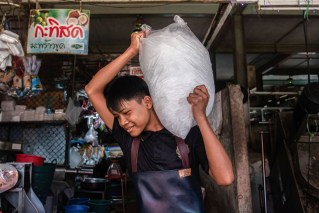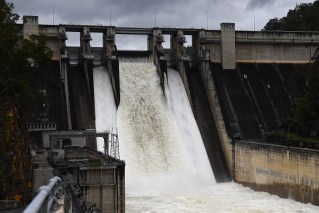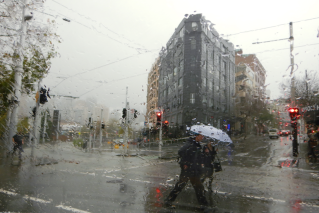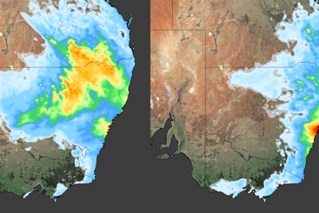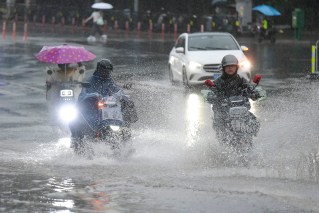Prepare for a soggy summer, as La Nina settles in until next year

Source: Bureau of Meteorology
La Nina is wreaking havoc throughout the eastern states, and the relentless rain appears set to fall for some time yet.
The negative Indian Ocean Dipole (IOD) and La Nina are both expected to continue for some months, according to the most recent climate driver update from the Bureau of Meteorology.
These events – La Nina and IOD – generally point to an increased chance of above-average rainfall in spring and summer.
The bureau’s models suggest a return to neutral climate conditions, meaning, neither La Nina nor El Nino, by early 2023.
So while the next few months are likely to be very wet, the clouds and rain are likely to clear come the new year.
Brett Dutschke, a senior meteorologist at Weatherzone, told The New Daily it was difficult to say exactly when La Nina would end.
However, he said it was likely Australians would soon see the system weaken – and that means potentially longer runs of drier weather between rainy days.
“Rain events will generally not be as widespread or as intense as what they’ve been in the last month or so,” he said.
“It doesn’t rule out some widespread and intense rain events affecting already flooded areas, but it does reduce the flood risk.”
The silver lining with La Nina
With cloud cover clearing, there’s a chance weather conditions will be somewhat normal for summer, with hotter days.
By the middle of summer, it’s likely we will be enjoying weather more typical for the season.
Mr Dutschke said that even if the ENSO phase trended near neutral, bursts of rain and cloud cover – making for cooler days – were still possible.
The longer it stays in La Nina or even in neutral, the risk of heatwaves was reduced, Mr Dutschke said.
Tweet from @BOM_au
Two areas relatively at high risk of a heatwave are south-west Western Australia and, potentially, South Australia.
“But overall, the risk [of heatwaves], at least in central and eastern Australia would be reduced,” he said.
Other issues, thanks to rainy weather
When the weather does heat up, there is another issue that is going to bother Australians – mosquitoes.
Thanks to the saturated ground, mosquitoes will be out in squadrons, with water and warmer weather making for ideal breeding conditions.
“We’re likely to have higher than the usual amount of mosquitoes for the rest of spring and for summer as a whole,” Mr Dutschke said.
“They’re just going to lap up the warming weather that will still be humid and contain ample areas of water.”
Wet soil could cause problems as early as next week.
Southern New South Wales, Victoria, Tasmania and South Australia can expect cold fronts bringing in strong winds, which could lead to trees coming down.
“A lot of trees that loosened their grip are liable to come down.”


